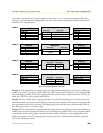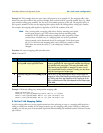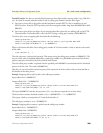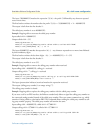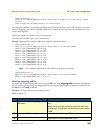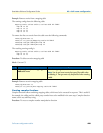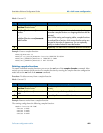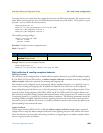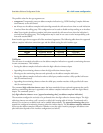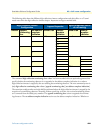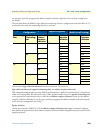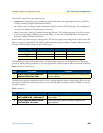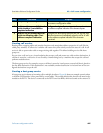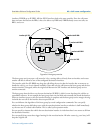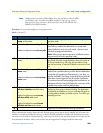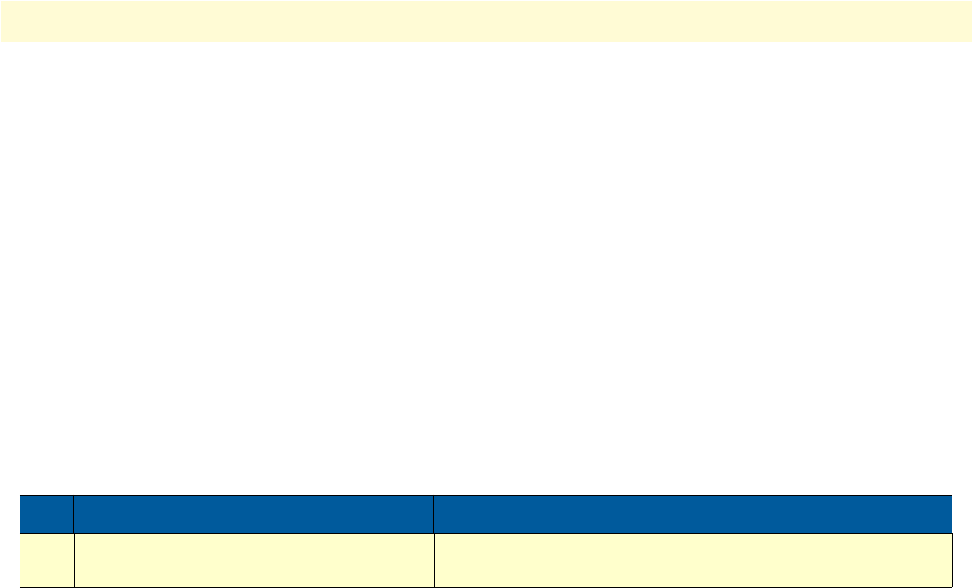
Call router configuration task list 492
SmartWare Software Configuration Guide 40 • Call router configuration
To remove the first two entries from the complex function enter the following commands. Pay attention on the
index. When removing the first entry, the MAP2 function becomes entry with index 1. Thus you have to spec-
ify index 1 twice to remove the first two entries:
node(cfg)#context cs
node(ctx-cs)[switch]#complext-function MY-FUNC
node(func)[MY-FUNC]#no execute 1
node(func)[MY-FUNC]#no execute 1
The resulting running-config is:
complex function MY-FUNC
execute 1 MAP3
execute 2 MAP4
Procedure: To delete an entire complex function
Mode: Context CS
Example: Remove an entire complex function
node(cfg)#context cs
node(ctx-cs)[switch]#no complex-function MY-FUNC
Digit collection & sending-complete behavior
Sending-Complete
The call-router can be configured how to handle address-complete indications (e.g. ISDN Sending-Complete
IE). On ISDN, H.323 and SIP interfaces, an address-complete-indication command controls the tunneling of
address-complete indications separately for incoming and outgoing calls.
Each interface can be configured to pass transparently address-complete indications, or to explicitly insert or
remove it for incoming and outgoing calls. In addition the behavior of the call-router can be configured.
Some call signaling protocols allow a user to dial a destination by using the overlap-sending procedure. These
protocols include analog telephony (FXS/FXO), ISDN and H.323. ISDN and H.323 support address-com-
plete indication using the Sending-Complete Information Element. Other protocols wait on a timeout or send
a terminating character, e.g. pound (#), to indicate address-completion. The following commands control the
tunneling of address-complete indications from the signaling protocol to the internal call-control representa-
tion and vice-versa. In addition, the context cs introduces command extensions that control the address-com-
pletion handling in the internal call-router.
Ingress interface
On the ingress interface (ISDN, H.323 or SIP) the address-complete-indication accept <type> command
configures how to map the address-complete indication of the signaling-protocol to the internal call-control.
There the indication can be used for call-routing (see below) or mapped again to an address-complete indica-
tion on an egress interface (see below).
Step Command Purpose
1 node(ctx-cs)[switch]#no complex-
function function-name
Delete the complex function function-name.



